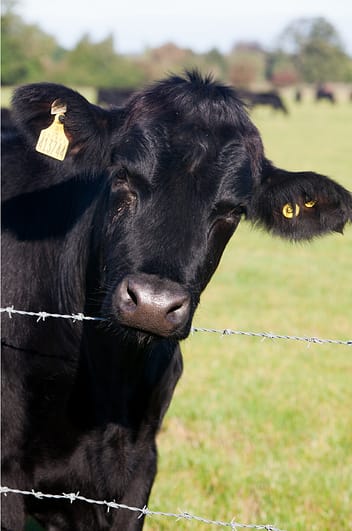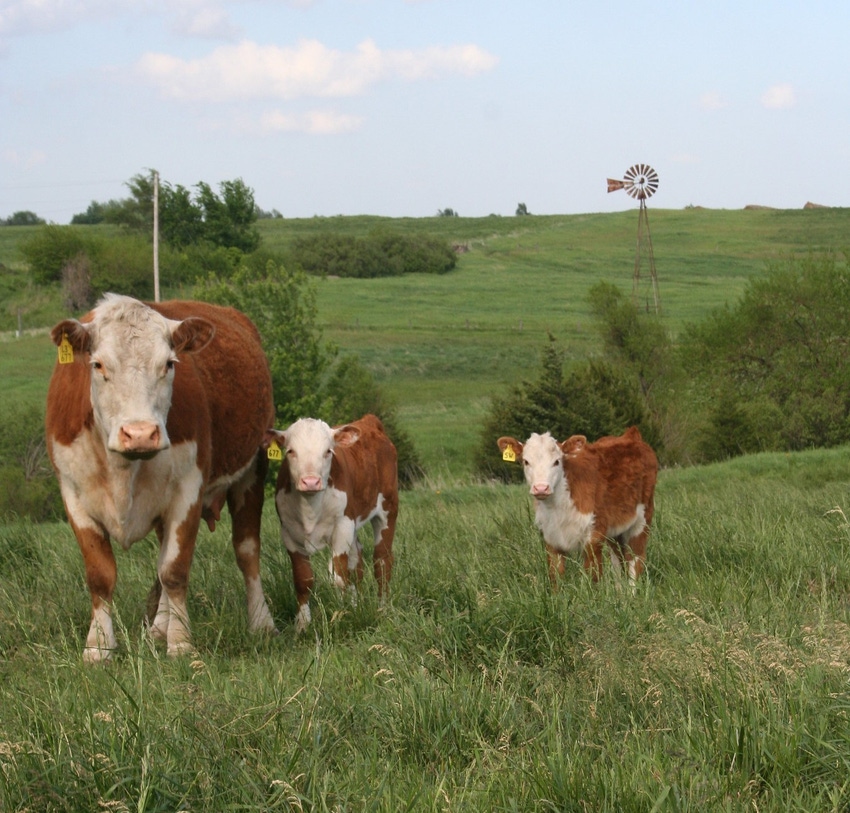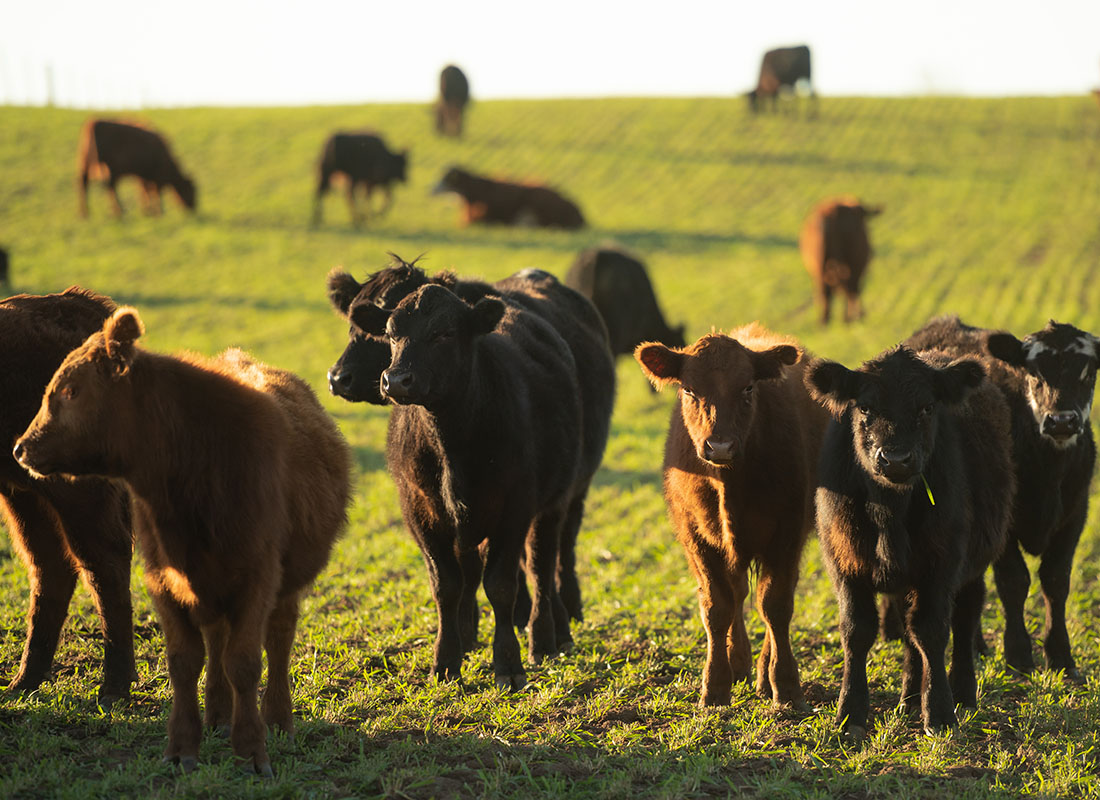Boost Your Know-how with Bagley Risk Management
Boost Your Know-how with Bagley Risk Management
Blog Article
Comprehending Livestock Danger Security (LRP) Insurance Coverage: A Comprehensive Guide
Navigating the realm of livestock danger protection (LRP) insurance can be a complex endeavor for numerous in the farming industry. This sort of insurance coverage provides a safeguard versus market variations and unforeseen situations that could affect livestock manufacturers. By recognizing the intricacies of LRP insurance policy, manufacturers can make educated decisions that might safeguard their operations from economic threats. From how LRP insurance functions to the numerous insurance coverage choices offered, there is much to discover in this detailed overview that can potentially shape the method livestock producers come close to danger administration in their businesses.

How LRP Insurance Coverage Works
Occasionally, recognizing the mechanics of Animals Danger Defense (LRP) insurance can be complicated, but damaging down exactly how it functions can provide clearness for breeders and farmers. LRP insurance is a threat management tool designed to secure livestock producers against unexpected price decreases. The policy enables producers to set a coverage degree based on their particular needs, choosing the variety of head, weight array, and insurance coverage cost. When the plan is in location, if market value fall below the coverage rate, producers can sue for the difference. It is very important to note that LRP insurance coverage is not an earnings guarantee; instead, it concentrates solely on price threat protection. The coverage duration generally varies from 13 to 52 weeks, providing versatility for producers to choose a duration that aligns with their manufacturing cycle. By making use of LRP insurance coverage, breeders and farmers can reduce the financial threats related to fluctuating market value, making certain higher stability in their operations.
Qualification and Insurance Coverage Options

When it comes to coverage alternatives, LRP insurance coverage provides manufacturers the versatility to pick the coverage level, coverage period, and recommendations that best fit their risk administration requirements. By understanding the eligibility criteria and insurance coverage options offered, animals producers can make educated choices to take care of danger effectively.
Benefits And Drawbacks of LRP Insurance Coverage
When evaluating Animals Risk Protection (LRP) insurance policy, it is crucial for animals producers to consider the advantages and disadvantages intrinsic in this threat monitoring tool.

One of the primary benefits of LRP insurance is its capacity to supply protection versus a decrease in livestock prices. Additionally, LRP insurance coverage supplies a degree of flexibility, permitting producers to personalize insurance coverage levels and policy durations to match their certain requirements.
One restriction of LRP insurance is that it does not shield versus all kinds of dangers, such as disease break outs or all-natural catastrophes. It is essential for producers to thoroughly examine their private danger exposure and economic situation to identify if LRP insurance policy is the ideal danger monitoring tool for their operation.
Understanding LRP Insurance Coverage Premiums

Tips for Taking Full Advantage Of LRP Perks
Maximizing the benefits try this site of Livestock Threat Protection (LRP) insurance requires tactical planning and proactive danger management - Bagley Risk Management. To maximize your LRP insurance coverage, take into consideration the adhering to ideas:
Frequently Assess Market Conditions: Keep notified about market patterns and cost variations in the animals sector. By keeping websites track of these factors, you can make informed decisions regarding when to purchase LRP coverage to protect against prospective losses.
Set Realistic Protection Levels: When choosing protection levels, consider your manufacturing expenses, market price of livestock, and prospective threats - Bagley Risk Management. Setting reasonable insurance coverage degrees makes sure that you are appropriately shielded without overpaying for unnecessary insurance
Expand Your Protection: As opposed to counting entirely on LRP insurance, consider diversifying your threat management approaches. Incorporating LRP with various other threat management tools such as futures contracts or alternatives can provide comprehensive coverage versus market uncertainties.
Testimonial and Change Coverage Consistently: As market conditions change, occasionally assess your LRP protection to guarantee it straightens with your existing danger exposure. Changing coverage degrees and timing of purchases can assist enhance your threat security approach. By following these suggestions, you can optimize the benefits of LRP insurance and safeguard your livestock procedure versus unexpected threats.
Final Thought
Finally, animals danger security (LRP) insurance is a beneficial tool for farmers to handle the economic risks connected with their animals procedures. By comprehending exactly how LRP works, eligibility and protection choices, along with the advantages and disadvantages of this insurance, farmers can make informed decisions to shield their livelihoods. By meticulously taking into consideration LRP premiums and carrying out methods to take full advantage of advantages, farmers can minimize potential straight from the source losses and ensure the sustainability of their operations.
Animals producers interested in obtaining Livestock Risk Security (LRP) insurance can check out an array of qualification standards and insurance coverage options customized to their particular animals operations.When it comes to protection choices, LRP insurance uses producers the versatility to select the protection level, insurance coverage duration, and recommendations that finest suit their danger monitoring requirements.To realize the intricacies of Animals Threat Security (LRP) insurance completely, understanding the elements influencing LRP insurance costs is vital. LRP insurance policy costs are determined by numerous aspects, consisting of the coverage level picked, the expected cost of livestock at the end of the protection period, the type of livestock being guaranteed, and the length of the coverage period.Evaluation and Adjust Coverage Frequently: As market problems transform, occasionally assess your LRP coverage to guarantee it lines up with your present risk direct exposure.
Report this page